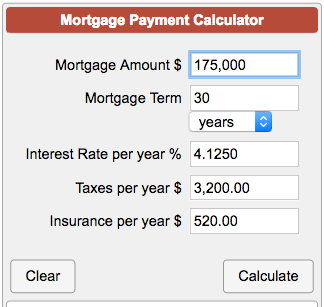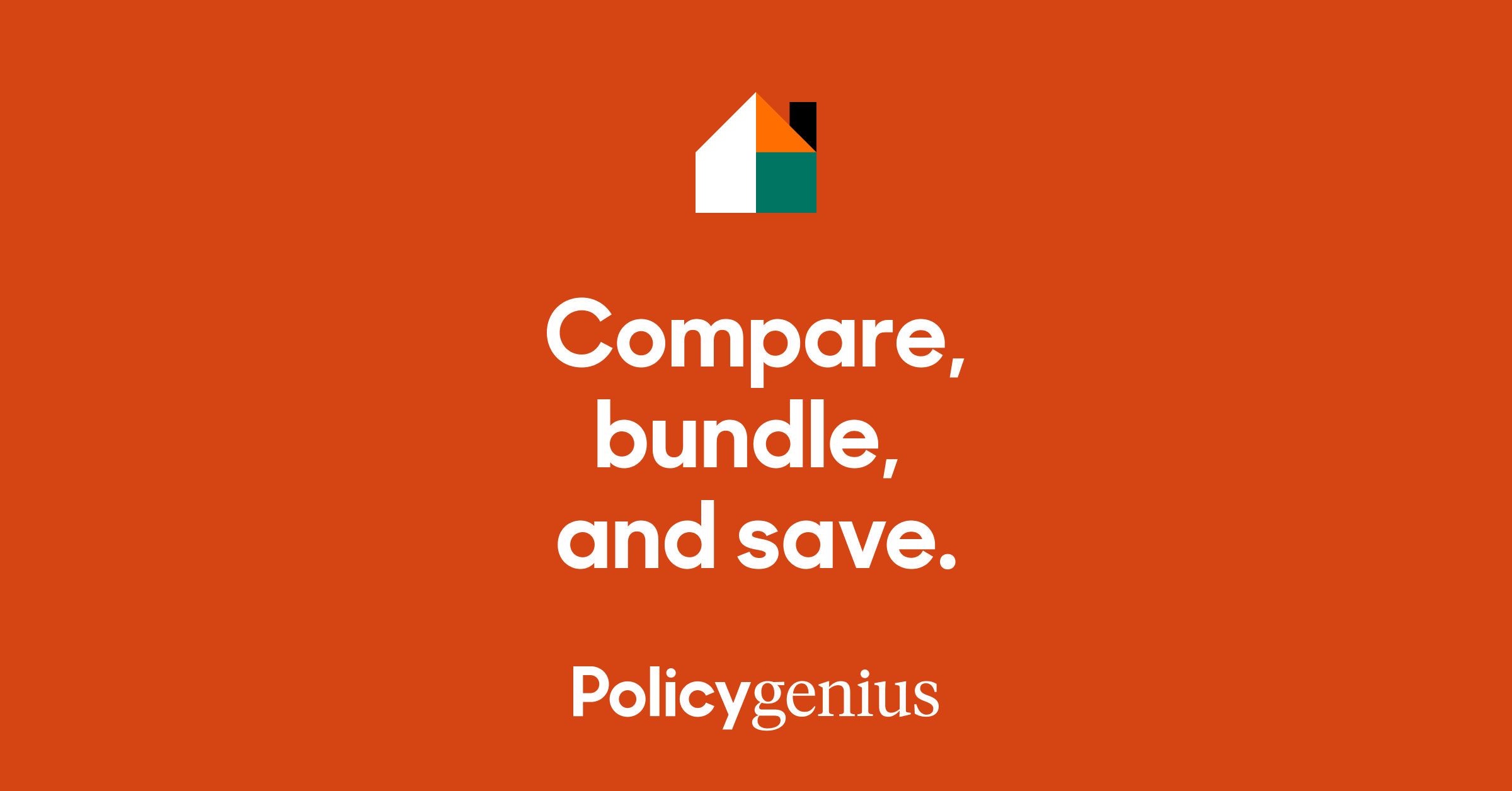Check out the web's best free mortgage calculator to save money on your home loan today. Estimate your monthly payments with PMI, taxes, homeowner's insurance, HOA fees, current loan rates & more. Also offers loan performance graphs, biweekly savings comparisons and easy to print amortization schedules. Our calculator includes amoritization tables, bi-weekly savings estimates, refinance info, current rates and helpful tips. This site also provides users with many helpful online financial planning tools.
Own your very own piece of Leawood. Lock in low rates currently available in and save for years to come! In spite of the recent rise in rates current mortgage rates are still below historic averages. If you secure a fixed mortgage rate your payments won't be impacted by future rate hikes. By default we show 30-year purchase rates for fixed-rate mortgages. You can switch over to refinance loans using the [Refinance] radio b-tton. Adjustable-rate mortgage (ARM) loans are listed as an option in the [Loan Type] check boxes. Alternate loan durations can be selected and results can be filtered using the [Filter Results] b-tton in the bottom left corner. You can select multiple durations at the same time to compare current rates and monthly payment amounts.
The above tool estimates monthly mortgage payments with taxes, insurance, PMI, HOA fees & more.
Click on the "define" & "more" tabs for a description of each input & how they are used in calculations.
If property tax is 20 or below the calculator treats it as an annual a-sessment percentage based on the home's price. If property tax is set above 20 the calculator presumes the amount entered is the annual a-sessment amount.
Home Value: the appraised value of a home. This is used in part to determine if property mortgage insurance (PMI) is needed.
Loan Amount: the amount a borrower is borrowing against the home. If the loan amount is above 80% of the appraisal then PMI is required until the loan is paid off enough to where the Loan-to-value (LTV) is below 80%.
Interest Rate: this is the quoted APR a bank charges the borrower. In some cases a borrower may want to pay points to lower the effective interest rate. In general discount points are a better value if the borrower intends to live in the home for an extended period of time & they expect interest rates to rise. If the buyer believes interest rates will fall or plans on moving in a few years then points are a less compelling option. This calculator can help home buyers figure out if it makes sense to buy points to lower their rate of interest. For your convenience we also publish current local mortgage rates.
Loan Term: the number of years the loan is scheduled to be paid over. The 30-year fixed-rate loan is the most common term in the United States, but as the economy has went through more frequent booms & busts this century it can make sense to purchase a smaller home with a 15-year mortgage. If a home buyer opts for a 30-year loan, most of their early payments will go toward interest on the loan. Extra payments applied directly to the principal early in the loan term can save many years off the life of the loan.
Property Tax: this is the local rate home owners are charged to pay for various municipal expenses. Those who rent ultimately pay this expense as part of their rent as it is reflected in their rental price. One can't simply look at the old property tax payment on a home to determine what they will be on a forward basis, as the a-sessed value of the home & the effective rate may change over time. Real estate portals like Zillow, Trulia, Realtor.com, Redfin, Homes.com & Movoto list current & historical property tax payments on many properties. If property tax is 20 or below the calculator treats it as an annual a-sessment percentage based on the home's price. If property tax is set above 20 the calculator presumes the amount entered is the annual a-sessment amount.
PMI: Property mortgage insurance policies insure the lender gets paid if the borrower does not repay the loan. PMI is only required on conventional mortgages if they have a Loan-to-value (LTV) above 80%. Some home buyers take out a second mortgage to use as part of their downpayment on the first loan to help bypass PMI requirements. FHA & VA loans have different down payment & loan insurance requirements which are reflected in their monthly payments.
Homeowners insurance: most homeowner policies cover things like loss of use, personal property within the home, dwelling & structural damage & liability. Typically earthquakes & floods are excluded due to the geographic concentration of damage which would often bankrupt local insurance providers. Historically flood insurance has been heavily subsidized by the United States federal government, however in the recent home price recovery some low lying areas in Florida have not recovered as quickly as the rest of the market due in part to dramatically increasing flood insurance premiums.
HOA: home owner's a-sociation dues are common in condos & other shared-property communities. They cover routine maintenance of the building along with structural issues. Be aware that depending on build quality HOA fees can rise significantly 10 to 15 years after a structure is built, as any issues with build quality begin to emerge.
Our site also publishes an in-depth glossary of industry-related terms here.
Charting: By default the desktop version of this calculator displays an amortization chart along with the ability to view a payment breakdown donut chart. These features are turned off by default on the mobile version to save screen space.
Amortization Tables: Clicking on the "show amortization tables" link reveals options to display monthly or yearly amortization tables & to compare monthly versus biweekly payments. By default our calculations set bi-weekly payments to half of the monthly payment. Since there are 52 weeks in a year that means there are 26 biweekly pay periods, which means this payment strategy would be equivalent to paying a 13th monthly payment each year, which can help buyers save $10,000's & years of loan payments.
Sharing & Saving Calculations: If you want to send a calculation to a spouse, client, or even send an email or text message to yourself there are b-ttons to "share this calculation" & a "printer friendly version" which can be used to share a loan scenario or create a page with a white background which makes it easy to print out an amortization chart.
Fixed vs Adjustable Mortgages: In most countries home loans are variable (also known as adjustable), which means the interest rate can change over time. The ability for United States home buyers to obtain a fixed rate for 30 years is rather unique. Interest rates are near a cyclical, long-term historical low. That makes a fixed-rate mortgage more appealing than an adjustable-rate loan for most home buyers. ARMs can reset to a higher rate of interest over the course of the loan & cause once affordable loans to become prohibitively expensive. What's worse is when interest rates spike home prices also fall, which makes it harder to sell a home & anyone refinancing their purchase will also be forced to refinance at a higher rate.
Comparing Loan Scenarios: This calculator makes it easy to compare loan scenarios, while this calculator shows what would happen if a buyer made extra payments. Another way to estimate the impact of extra payments is to use the calculator on this page & generate an amortization table for a shorter term like 22 years instead of 30; then make the a-sociated payments to pay off a 30-year loan faster. If you would struggle to force yourself to make additional payments then an alternative solution is to go with a 15-year loan to require the higher payment which will pay off the home quickly.
























